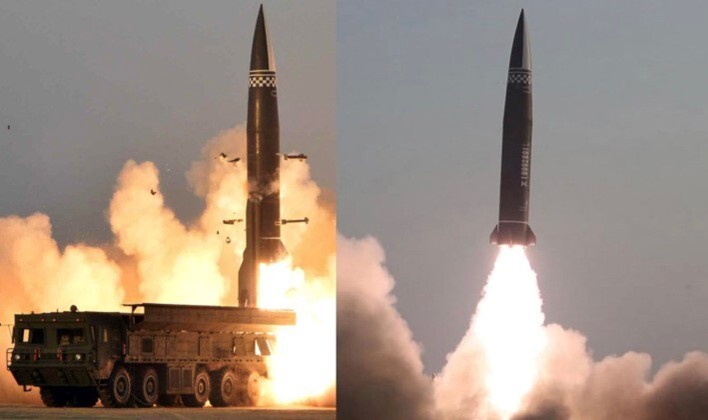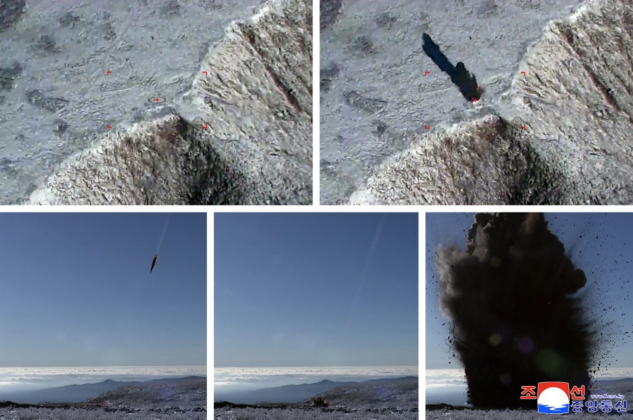News
North Korea Tested a New Hypersonic Tactical Missile Much More Dangerous Than Russia’s Iskander-M
The Korean People’s Army on October 22 tested a new class of tactical ballistic missile, which uses a terminal stage with a hypersonic glide vehicle to revolutionise the country’s short range strike capabilities. Two hypersonic projectiles were launched from Ryokpho District in the capital Pyongyang towards a target area in North Hamgyong Province near the Chinese border, and successfully struck their intended point on the tableland of Kwesang Peak The new hypersonic missile in question was unveiled in the first week of October at the Defence Development-2025 exhibition in Pyongyang, and appears to be a successor to the KN-23 series of tactical ballistic missile systems. The country’s peacetime industry for production short range ballistic missiles is among the very largest in the world, potentially being rivalled only by that of China, which allows new designs to be brought into service very rapidly after completing testing.

Missiles from the KN-23 system use semi-ballistic depressed trajectories with apogees of around 50 kilometres, and with the ability to conduct extensive in flight manoeuvres throughout their entire flight paths, which makes their missiles extremely difficult to detect or track, as confirmed by South Korean sources attempting to do so. Designated the Hwasong-11Ma, the new system’s use of a hypersonic glide vehicle is expected to pose significant further challenges, making it nearly impossible to intercept. It appears to use the same transporter-erector-launcher as the KN-23 and same lower section, while the upper section integrates a glide vehicle. The system’s development follows progress towards developing the world’s first intermediate range ballistic missile with a hypersonic glide vehicle, the Hwasong-16B, which was unveiled in March 2024.

While the KN-23 closely resembled the Russian Iskander-M tactical ballistic missile system with many common features, with the gap between North Korean and Russian missile systems already having been bridged, the new design brings the East Asian state’s arsenal into a new generation that leaves its neighbours behind. Commenting on the new launch, secretary of the Central Committee of the Korean Workers’ Party Pak Jong Chon stated that the development demonstrated “steadily upgrading self-defensive technical capabilities of the Democratic People’s Republic of Korea.” He described the system as a “weapon of new strategic value” and praised the research team’s progress. While North Korea was the third country to operationalise ballistic missiles with hypersonic glide vehicles behind Russia and China, it may be the first to integrate such vehicles onto a short range missile system. With the country having exported the KN-23 and smaller KN-24 to Russia in significant numbers, the possibility of the Hwasong-11Ma also being marketed to the Russian Armed Forces remains significant, and could seriously further complicate NATO members’ missile defence planning.












